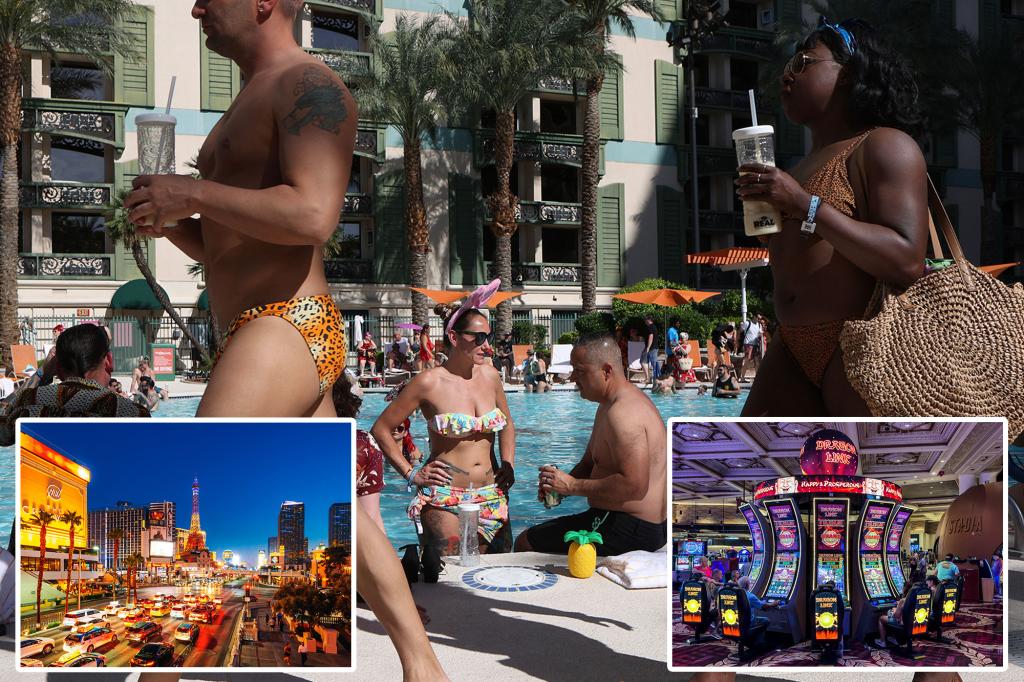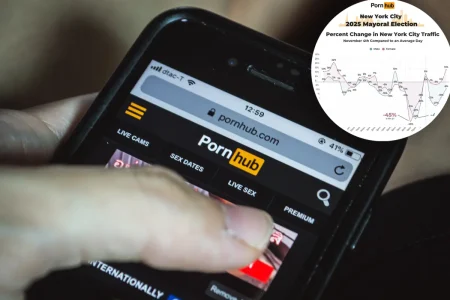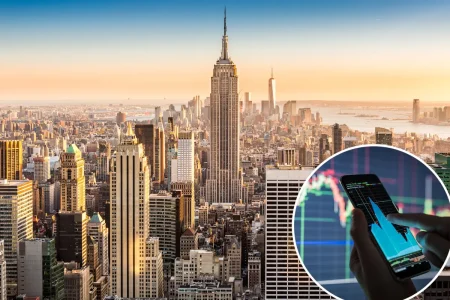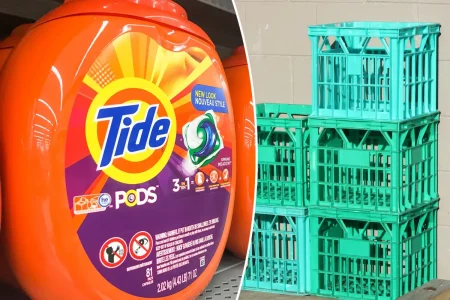The High-Stakes Gamble of Modern Las Vegas: Why Tourists Are Feeling the Pinch
Las Vegas has long been known as the city of chance and indulgence, a desert oasis where visitors come to test their luck at the blackjack table or slot machines. But lately, tourists are discovering that the biggest gamble in Sin City isn’t at the casino floor—it’s at the restaurant table, coffee counter, or hotel bar. Visitors from across America and around the world are sharing stories of sticker shock that leave them wondering if Vegas has lost its value proposition. Katherine from College Station, Texas, came to celebrate her birthday but found herself stunned by a $14 latte “with a few extra flavors,” while her daughter Cammie paid $12 for a simple lemonade. These aren’t isolated incidents. Ben, wrapping up an American road trip with a Vegas finale, spent $20 on two morning coffees, while another traveler named Faith shelled out a whopping $30 for a single cosmopolitan at Gordon Ramsay’s Hell’s Kitchen in Caesar’s Palace. The consensus among these visitors is clear: Las Vegas has transformed from an affordable playground with a touch of luxury into a destination where even basic refreshments come with luxury price tags.
Social media has become the sounding board for this growing frustration, with viral videos documenting the eye-watering costs of everyday items on the Strip. TikTok user Christian couldn’t contain his disbelief at what he called “price gouging,” citing an $11 latte at a casino Starbucks and a food court meal consisting of “two slices of pizza and a beer” that set him back $34. His frustration echoes a common sentiment among visitors who question why casinos, already “making billions upon billions of dollars from people coming to gamble,” still need to “upcharge food and drinks by 200%.” The disconnect between expectations and reality has left many tourists feeling like they’ve been dealt a bad hand before they even reach the gaming floor. This mounting dissatisfaction is creating a ripple effect that extends beyond individual complaints to potentially impact the entire Las Vegas tourism ecosystem.
Perhaps most telling are the accounts from longtime Vegas enthusiasts who have witnessed the transformation firsthand. Wendi Lee, a three-decade Vegas veteran who had been bringing her family for five years, declared in her TikTok video that her loyalty has reached its limit. Despite receiving comped rooms, she couldn’t justify the $62 nightly resort fees, $100 family lunches, $7 Sprite sodas, and “slot machines that don’t pay out anything.” Her conclusion—”Vegas used to be fun”—carries the weight of disappointment from someone who has loved the destination through its many evolutions. When such dedicated visitors announce they “won’t be going back for a while,” it signals a potential problem for a city that relies on repeat customers and word-of-mouth recommendations. The sentiment that “Vegas used to be so much fun and somewhat affordable” reflects a broader concern that the city may be pricing itself out of reach for the middle-class tourists who have long been its backbone.
The numbers appear to support these anecdotal concerns. According to the Las Vegas Convention and Visitors Authority, June saw only 3.1 million visitors to Las Vegas—an 11.3% decrease from the previous year’s figures. This decline hasn’t gone unnoticed by industry leaders, with Caesars Entertainment CEO Tom Reeg openly acknowledging on an earnings call that the city was experiencing a “soft summer.” While seasonal fluctuations are normal in the tourism industry, this downturn coinciding with widespread complaints about value suggests more than just typical vacation patterns at work. Some observers point to changing gambling habits among younger generations as part of the issue. Conservative commentator Robby Starbuck told Fox News Digital that “now nearly everyone under 40 who bets seems to do it online,” adding that he doesn’t “know one person under 40 who goes to Vegas regularly to bet or play slots.” This shift in gambling preferences removes one of the traditional justifications for subsidized amenities in Las Vegas—the understanding that reasonable food and drink prices would keep visitors at the gaming tables longer.
The evolving economics of Las Vegas reveal a challenging balancing act for the city’s major resorts and entertainment venues. Historically, casinos could afford to offer competitive prices on rooms, meals, and entertainment because they made their real money from gambling. The “loss leader” approach ensured a steady stream of visitors ready to try their luck at the tables. However, as gambling habits change and younger visitors show less interest in traditional casino games, establishments appear to be compensating by raising prices on everything else. This strategy may be backfiring, creating a perception that Vegas no longer offers good value—even when rooms are “comped,” the additional fees and inflated prices for basic necessities make the overall experience feel prohibitively expensive. Resort fees, which now regularly exceed $50 per night, have become particularly contentious among visitors who feel they’re being nickel-and-dimed at every turn.
Las Vegas now stands at a crossroads, facing challenges that extend beyond pandemic recovery to fundamental questions about its identity and value proposition in the modern entertainment landscape. The city that once proudly offered affordable luxury—where middle-class visitors could enjoy five-star amenities at three-star prices if they were willing to gamble—seems to be evolving into a destination where everything comes at a premium, regardless of how much time or money one spends at the gaming tables. This transformation leaves many wondering whether Vegas has overplayed its hand. When visitors joke that they “lost more cash at brunch than at the blackjack table,” it suggests a fundamental shift in the Vegas experience. For a city built on the promise of indulgence without guilt and luxury within reach, the current perception of excessive pricing represents a serious threat to its longstanding appeal. As one disgruntled visitor succinctly put it, the real house edge in Vegas today isn’t at the blackjack table—it’s on the bill when you order.















